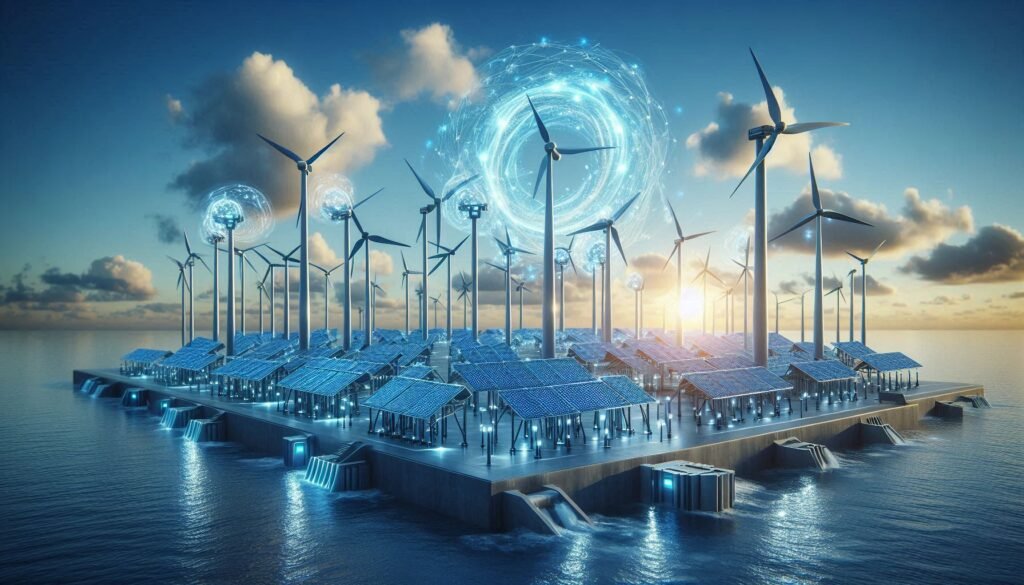
Renewable energy is all set to reshape the global power generating landscape by providing sustainable alternatives to fossil fuels. As worries about climate change are increasing and technology is getting advanced day by day, renewable energy sources such as solar, wind, and hydropower become more important to meet the global energy demands.
Rapid Growth of Renewable Capacity
As per to the International Energy Agency (IEA) information, renewable energy capacity is expected to increase by 50% between 2019 and 2024. This expansion is mostly driven by solar energy, which is predicted to rise by 600 gigawatts (GW) over this time, almost doubling Japan’s total installed capacity. Renewable energy sources are expected to account for 30% of global power by 2024, up from 26% now. This spike represents a considerable move toward greener energy alternatives as nations work to decrease carbon emissions and tackle climate change.
Solar Energy’s Dominance
Solar energy is at the forefront of renewable generating. The cost of solar technology has dropped, making it more accessible and competitive than fossil fuels. In fact, solar is expected to be 35% cheaper by 2024. Residential solar installations are predicted to increase dramatically, with yearly capacity additions doubling to more than 20 GW. Countries such as China are in the vanguard of this boom, commissioning massive quantities of solar power that far exceed world totals from prior years.
Wind and Hydropower Contributions
Wind and hydropower play important roles in the renewable energy mix. The IEA predicts that hydropower will remain the largest source of renewable energy, with a 121 GW increase by 2024. Meanwhile, wind energy is projected to produce more electricity than hydropower by 2024, demonstrating its expanding importance in the global energy environment.
Challenges Ahead
Despite these encouraging advancements, problems persist. Grid bottlenecks may impede the incorporation of variable renewable energy sources into current power networks. Furthermore, regulatory uncertainty and inadequate investment in grid infrastructure might impede growth. To achieve ambitious goals, such as doubling renewable capacity by 2030, governments must prioritize infrastructure expenditures and provide appropriate regulatory frameworks.
Conclusion
The future of electricity production rests in renewable energy, which provides a sustainable route towards lowering greenhouse gas emissions and mitigating climate change. As technology breakthroughs continue to cut prices and enhance efficiency, renewables are destined to dominate the global energy landscape. By tackling present difficulties and investing in infrastructure, we can harness the full potential of renewable energy and assure a cleaner, more sustainable future for generations to come.





